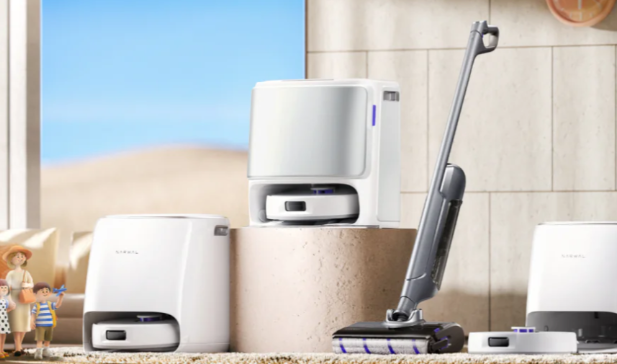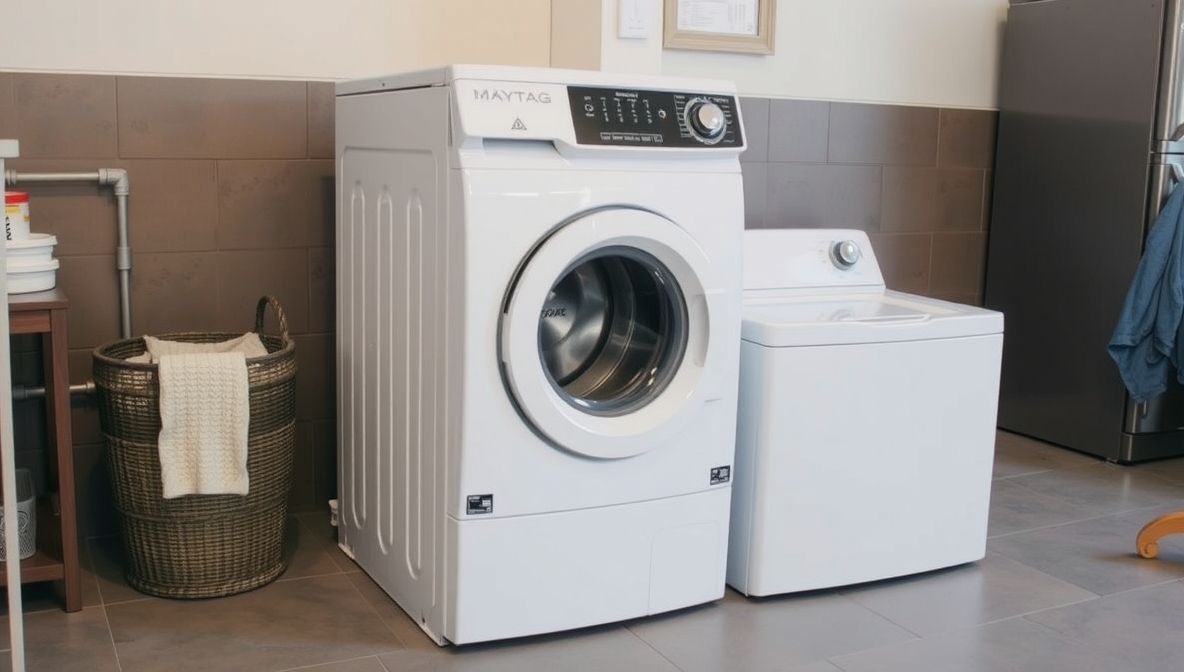Cleaning is essential for maintaining healthy environments, but conventional cleaning products often contain chemicals that pose risks to both human health and the environment. This article explores these risks and provides guidance on choosing safer, eco-friendly alternatives.
Health Risks Associated with Chemical Cleaners
Many household and cleaning products can irritate the eyes, throat, and skin. They can cause headaches and other health problems. These products often release dangerous chemicals, including volatile organic compounds (VOCs).
Volatile Organic Compounds (VOCs)
VOCs are chemicals that vaporize at room temperature. They can contribute to chronic respiratory problems, allergic reactions, and headaches. Even natural fragrances like citrus can react and produce dangerous pollutants indoors.
Studies have linked exposure to chemicals from cleaning supplies to occupational asthma and other respiratory illnesses. Cleaning supplies and household products that contain VOCs and other toxic substances include:
- Aerosol spray products
- Air fresheners
- Chlorine bleach
- Detergent and dishwashing liquid
- Dry cleaning chemicals
- Rug and upholstery cleaners
- Furniture and floor polish
- Oven cleaners
It is critical never to mix bleach or any bleach-containing product with any cleaner containing ammonia. This combination can produce gases that lead to chronic breathing problems and even death.
Environmental Impact of Chemical Cleaners
The environmental impact of cleaning products is another significant concern. VOCs emitted by these products can contribute to outdoor air pollution. A 2018 study estimated that half of the VOCs responsible for air pollution come from consumer products.
Certain ingredients in cleaning products can be released into the environment through the evaporation of volatile components and the rinsing of residual product down the drain. These ingredients can pose hazards to aquatic species and contribute to nutrient loading in water bodies, leading to adverse effects on water quality.
Sustainability Considerations
- Minimal presence or exposure to potentially harmful chemicals.
- Use of renewable resources, such as biobased solvents.
- Low VOC content.
- Biodegradability by standard methods and definitions.
- Low toxicity in aquatic species.
- Low flammability.
- pH closer to neutral.
- Fragrance-free or meets specific criteria for fragrances.
- Designed for use in cold water to conserve energy.
- Limited use of disinfectants to high-contact areas.
- Training on proper use of products.
Cleaning, Disinfecting, and Sanitizing
Dust, mold, pathogens, and high amounts of VOCs emitted by floor chemicals negatively impact indoor air quality significantly. This is especially true for harsh chemicals such as disinfectants and cleaners. Some seemingly “green” products contain high percentages of VOCs in fragrances.
Preventing Harm from Cleaning and Household Products
To minimize the risks associated with chemical cleaners, it is important to read all labels on cleaning supplies and household products before purchasing them. Choose products that do not contain or have reduced amounts of VOCs, fragrances, irritants, and flammable ingredients. Avoid using air fresheners altogether.
Safer Cleaning Alternatives
Warm water and soap can often effectively clean, especially at home. Baking soda is suitable for scrubbing and a mix of vinegar and water can clean glass. EPA manages the Safer Choice program, which certifies products that contain safer ingredients.
How to Safeguard Indoor Air Quality While Cleaning
- Use cleaners, disinfectants, and sanitizers that meet the US EPA’s “Safer Choice” standard.
- Read safety data sheets and scan for harmful chemicals.
- Ventilate spaces whenever possible while cleaning.
- Consider investing in a high-quality air purification system with HEPA filters.
- Use only the necessary amount of product.
- Rinse surfaces thoroughly with water to remove residual substances.
- Upgrade to commercial hard-floor vacuum cleaners with HEPA filters for dusting floors.
- Discontinue the use of string mops and mop buckets.
Maintaining Finished Floors
Maintaining finished floors often involves buffing, stripping, and refinishing, each of which carries its own risks to indoor air quality and building occupant health.
Buffing
Buffing floors, whether coated with wax or not, contributes to unhealthy indoor air quality levels. It kicks up amounts of particulate matter in the form of dust, mold, and pathogens. An experiment conducted at St. Michael-Albertville High School in Minnesota revealed elevated levels of fine particulate matter (PM2.5) and VOCs during buffing, indicating that this cleaning process significantly degrades air quality.
Stripping and Refinishing Wax Floors
Stripping floors involves removing old wax layers, resulting in a toxic slurry of chemical stripper and water. This mixture contains hazardous formaldehyde, nitrobenzene, perchloroethylene, phenol, toluene, and xylene. Breathing in the vapors released during this process can cause headaches, eye irritation, respiratory distress, and various other health concerns. Stripping floors poses health concerns, which make providing adequate ventilation and allowing sufficient time for drying crucial.
Traditional acrylic wax floor coatings require frequent maintenance, including scrubbing, rewaxing every 3–6 months, and stripping every 1–3 years. These floors contribute heavily to chemical exposure.
Transitioning to Eco-Friendly Floor Cleaning
Embracing alternative approaches to floor care and significantly improving indoor air is possible. Innovations in floor care products offer a pathway to healthier indoor environments. One such solution is a thin-film water-based urethane to the floorcare industry.
The Benefits of Eco-Friendly Floor Finishes
In contrast to wax, robot vacumm and mops do not require any buffing and single layer lasts 3-5 years, even in high traffic . EPIC-coated floors last longer because the finish to creates barrier that resists abrasion, chemical damage, and rapid dulling. It typically requires with no stripping of floor needed once wax is completely removed prior to application so it significantly reduces the introduction of bad odors, VOCs, particulates, and pathogens into the air.
Product Packaging and Shipping Considerations
- Concentrated formulas with appropriate handling safeguards.
- Efficient packaging.
- Recyclable packaging.
- Recycled-content packaging.
- Packaging materials do not contain heavy metals, BPA, or phthalates.
- Refillable bottles.
- Pump sprays rather than aerosols.
- Packaging and dilution systems designed to reduce exposure to the product.
- Products shipped in bulk.
- Clear labeling and information on use and disposal.
Conclusion
By being mindful of the chemicals in the cleaning products, we can reduce exposure to hazardous substances and protect both our health and the environment. Choosing greener cleaning products, ensuring proper ventilation, and exploring alternatives will contribute to a healthier and more sustainable future.



